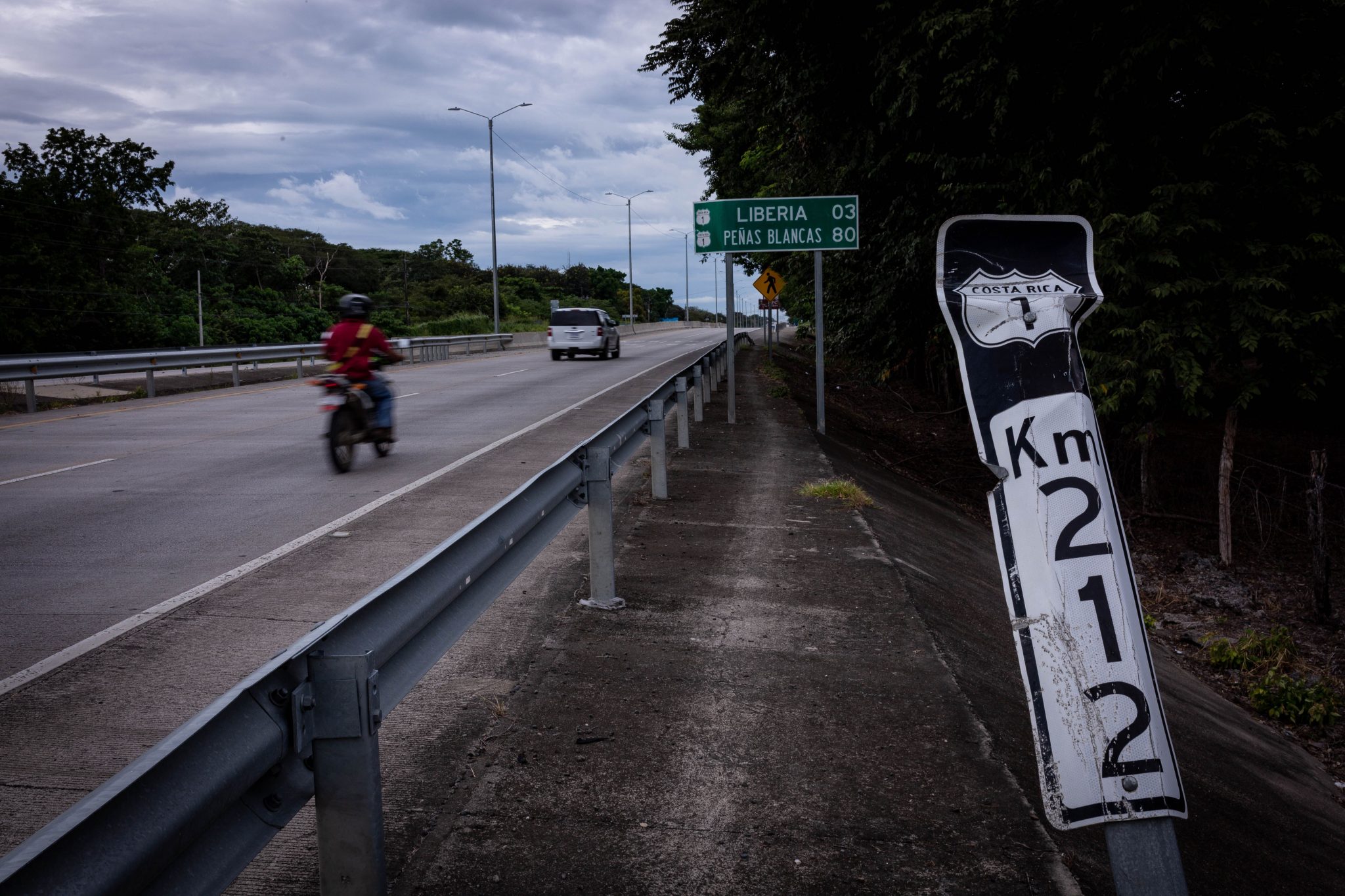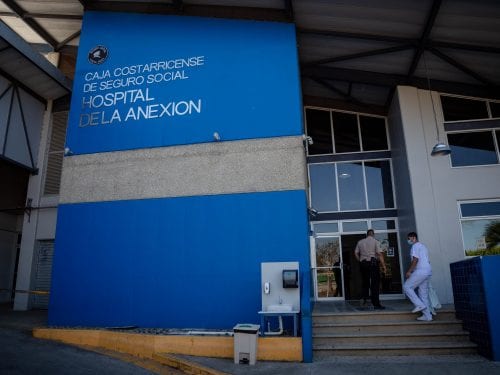
Guanacaste had the lowest number of traffic accidents in the country between 2013 and 2017, with 4,461 incidents of this kind, but when they happened, 40% of them caused serious injuries and even fatalities. In other words, two out of five collisions had serious consequences for human lives.
In addition, the figure has been increasing every year. In 2013, 37% of accidents left people dead or seriously injured. That figure increased to 43% in 2017, according to an analysis conducted by The Voice of Guanacaste with statistics from the Road Safety Observatory of the National Road Council (Conavi).
Those with the highest number of deaths on the road, according to the analysis, are men between the ages of 19 and 39, who in the majority of cases ride motorcycles and who are driving on weekends between 8 p.m. and 6 a.m., a profile almost identical to the majority of fatalities due to traffic accidents in the rest of the country.
To reach these conclusions, The Voice of Guanacaste analyzed two databases from 2013 to 2017 and corroborated them with the Conavi statistical yearbooks. The analysis includes both cantonal and national routes and traffic accidents in which at least one person was injured or there was at least one deceased. These data originally come from tickets issued by traffic officers.
There are multiple causes are there is not one simple solution, but national authorities and experts in the field have at least identified them.
City Chaos
A bicycle goes out on the right and changes from one lane to another without warning. A man crosses the road without looking in an area where there is no pedestrian crossing or traffic light nearby. Motorcycles zigzag between cars and it seems like everyone understands that dynamic: almost nobody beeps their horns in this coexistence on automatic mode.
The scene is from a Monday in November at 10 a.m. in the center of Nicoya, but it could well be a postcard from any of the other most populated cities in the province.
This coexistence of so many elements in one place is one of the risk factors that, according to the National Road Council (Cosevi) geographer Francisco Castro, explains the amount of roadway crashes, as well as elements that put the vulnerable population such as pedestrians or cyclists at risk.
Car crashes are the second cause and collisions with bicycles turned out to be the third most frequent type of accident in the province in the five years analyzed.
According to statistics, the three kilometers in Guanacaste with the highest number of accidents with serious injuries or deaths reported in five years (2013 to 2017) are located at points close to the municipal seats of the cantons of Nicoya, Santa Cruz and Liberia.
“We do not plan the land use zoning of a territory based on the roads that traverse it, so we end up with high-speed routes that flow drastically into a city center, and that is a risk,” the specialist commented.
As an example, in Nicoya, Castro pointed out the street that passes in front of La Anexión Hospital, where supermarkets, gas stations, food stands and restaurants coexist within less than 100 meters of the hospital. “It’s a road with too much pressure, and where everyone converges at the same point, it’s a ticking time bomb for accidents,” he said.
The authorities can regulate these spots and identify the best way to accommodate the different activities based on the roads that we have,” he concluded.
The deficiency of road safety, such as the lack of signage or lighting, combined with the lack of land use zoning explains road accidents.
There Comes the Motorcycle!
Cosevi spokesperson Ronald Ramirez explained that ten years ago fatal road accidents were directly linked to alcohol consumption and the lack of seat belt use, but that changed. Today they are increasingly related to another risk factor: motorcycles.
“We don’t want to demonize them. It is a vehicle type that is here to stay because it changed our mobility paradigm. It is easier to buy; the fuel savings are greater,” said Rami brez.
However, motorcycle collisions were the most frequent type of accidents in Guanacaste in the five years studied, making up 28% of all collisions. They were also the type that caused the most serious injuries or fatalities. Half of motorcycle crashes end up like that, which is only the case in 34% of car crashes.
If insufficient police presence is added to that risk factor indicated by Cosevi, the risk formula is almost perfect.
The traffic chief for the Chorotega region, Marcelo Morera, acknowledged that Guanacaste has a shortage of personnel to monitor the roads, with only 54 officers for the entire province. On some occasions, he says, only one or two are on the road.
Just the airport area in Liberia should have four permanent officers working due to the vehicular flow of the area, and sometimes there is not even one because we are dealing with other accidents on rural roads, school operatives or complaints. We can’t handle it,” the official said.
And without officers on the streets, Cosevi is aware that drivers, including motorcyclists, feel less obligated to comply with laws.
During just one two-hour traffic operation in downtown Liberia, Morera said that they confiscate up to 25 motorcycles for not having license plates or registration, in addition to stopping drivers who do not have a license to drive this type of vehicle or who do not use safety devices such as helmets or reflective vests.
According to the World Health Organization (WHO), the use of good quality helmets can reduce the risk of death by 40% and serious injuries by approximately 70%.
At this point, the head of Transit recognized the limitation that people have in areas far from the cantons’ centers to at least be able to have their documentation in order.
“In Nosara, we stop a number of people without a license, but I see that these people have to travel to Nicoya to take a driving test and not everyone can do that,” Morera pointed out.
Education
Beyond legislation and police presence, road education is vital in order to reduce traffic accidents.
Ramirez affirmed that Cosevi currently is working on two national awareness campaigns and is doing field work in different areas of the country to identify the road needs of each place.
One of those campaigns is called “You Are the Chassis,” which is precisely focused on the risk to which motorcyclists are exposed if they do not have the appropriate attire to drive on the road.
However, Morera, is of the belief that campaigns are not enough and that the State must take even greater steps, such as including obligatory education in the Ministry of Public Education programs.
“There have to be deeper changes,” he concluded.







Comments